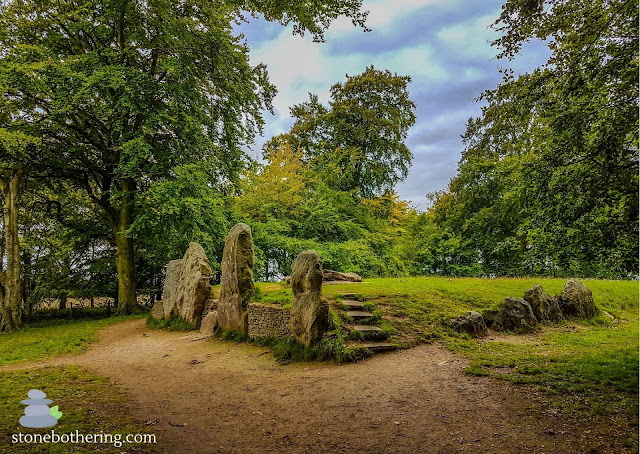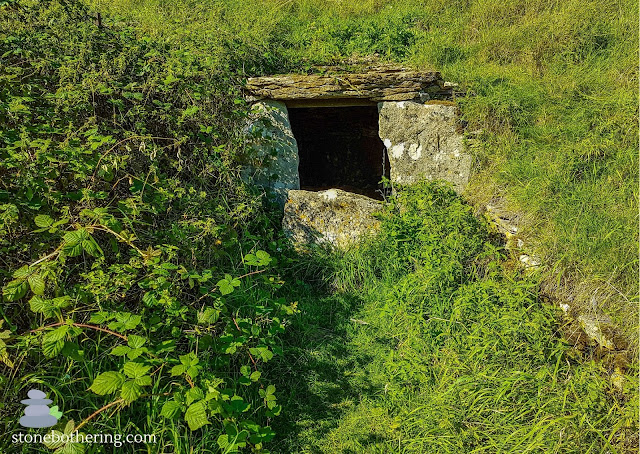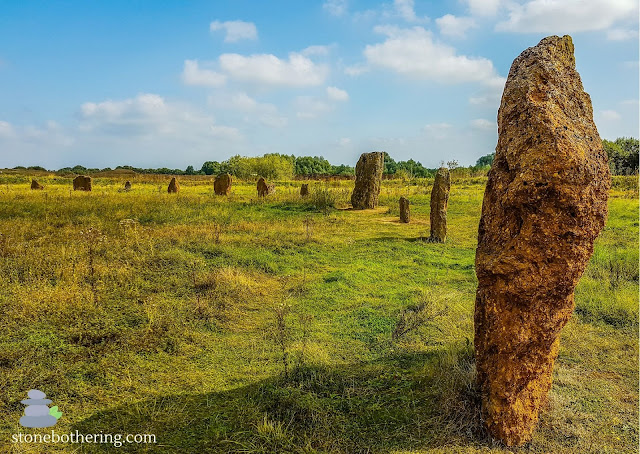Wayland's Smithy: A Hidden Gem of Neolithic England
Nestled amidst the rolling hills of Oxfordshire, England, lies Wayland's Smithy, an enigmatic relic of the Neolithic era. This ancient burial mound, dating back to around 3600 BC, is not only a captivating historical site but also a source of enduring folklore and mythology.
Wayland's Smithy is an impressive sight, even after millennia of weathering. The long barrow, approximately 90 feet long and 20 feet wide, is constructed from earth and sarsen stones, a type of sandstone found in the area. Within the mound lies a central chamber, once used for the interment of the dead.
Archaeological excavations have unearthed a wealth of artefacts from the site, including pottery, tools, and human remains. These findings provide valuable insights into the lives of the people who built Wayland's Smithy and the rituals they practiced.
The name Wayland's Smithy has been linked to the Germanic smith-god Wayland or Weland. This legendary figure, also known as Volund in Norse mythology, is renowned for his exceptional craftsmanship and magical abilities.
Folklore tells that Wayland, skilled in metalworking, set up his forge within the barrow, using its secluded location to create extraordinary objects. Travelers would leave their horseshoes and coins at the entrance to the barrow, and upon their return, they would find their horses shod and their coins replaced with finely crafted items.
The exact purpose of Wayland's Smithy remains shrouded in mystery. Some believe it was solely a burial site, while others suggest it served as a religious or ceremonial center. The association with Wayland, the smith-god, adds another layer of intrigue to the site.
Whether it was a place of reverence, a workshop of legend, or a combination of both, Wayland's Smithy stands as a testament to the ingenuity and beliefs of the Neolithic people. Its enduring presence in folklore and its captivating location make it a must-visit destination for anyone interested in history, mythology, or simply the mysteries of the past.




.jpg)
